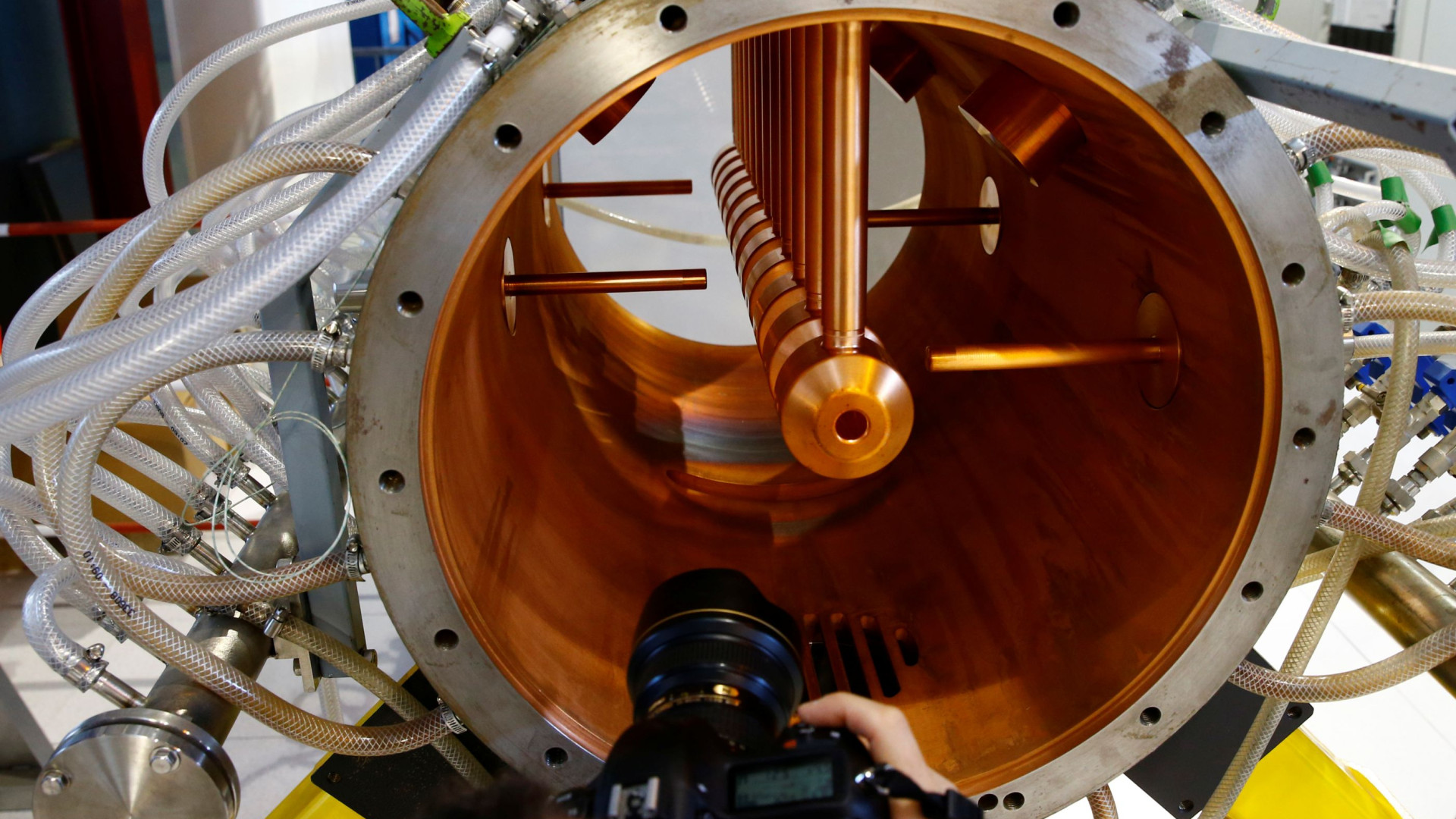TECH
 Largest Particle Accelerator in the World in Technical Shutdown by 2021
Largest Particle Accelerator in the World in Technical Shutdown by 2021
The accelerator was shut down at 6:00 p.m. in Geneva (5:00 p.m. in Lisbon), with the operators of the European Particle Physics Laboratory (CERN) controlling the second period (2015-2018) of operation of the machine, the Laboratory of Instrumentation and Experimental Physics of Particles (LIP), which scientifically represents Portugal at CERN, said in a statement.
During the technical stoppage of the Large Hadron Collider (LHC), Portuguese scientists "will be busy analyzing the huge amount of data collected and the improvements in the detectors they are responsible for," said LIP.
Teams of Portuguese researchers participate in two experiments involving two particle accelerator detectors (ATLAS and CMS).
Once the accelerator upgrade, which includes the installation of more powerful components, the machine will be able to collide more subatomic particles, at a slightly higher energy than the current, waiting for the physicists to deepen the knowledge of the properties of the Higgs boson, elemental particle discovered in 2012 in experiences with the accelerator.
At the same time as the new technical stoppage is taking place, the construction works started in June and aimed at improving the accelerator performance from 2026, at which point the machine will begin to produce even more collisions and more data, in high brightness.
At the throttle, a 27 kilometer circular tunnel, collisions of protons (which are hadrons) and heavy ions at high energies are generated to better understand the composition of the Universe. The machine, which made 10 years in September, has a 'life expectancy' until 2040. By 2025, decisions will have to be made regarding the construction of a new particle accelerator, for which two solutions were designed.
One suggests a 100-kilometer circular accelerator (73 kilometers more than the LHC perimeter) that could make proton collisions at eight times higher energy than the LHC and between electrons and positrons (electron antiparticles).
The second scenario points to the construction of a rectilinear accelerator with an initial length of 11 kilometers (possibly reaching 50 kilometers in length) to collide electrons and pósitrons. Lusa

No comments:
Post a Comment